July 4, 2018
Podcast: The British new wave and the evolution of the workplace
 In this podcast I talk to Mark Eltringham about British music, which leads to a discussion about bands from the early days of new wave in Liverpool, including Echo & The Bunnymen. The evolution of music serves as a metaphor which leads to a conversation about the history of the workplace where Mark shares his perspective on some of the founding thought leaders in our modern sector. I ask him about today’s places of work and Mark references a recent report from Chris Hood of AWA, Kate Lister of Global Workplace Analytics and Haworth while also sharing some research provided by Leesman Index. We talk about the blurring of the lines and need for collaboration across departments inside organizations, the relationship between facilities management and workplace as a whole, while also discussing the controversy in the UK about the future of the FM sector.
In this podcast I talk to Mark Eltringham about British music, which leads to a discussion about bands from the early days of new wave in Liverpool, including Echo & The Bunnymen. The evolution of music serves as a metaphor which leads to a conversation about the history of the workplace where Mark shares his perspective on some of the founding thought leaders in our modern sector. I ask him about today’s places of work and Mark references a recent report from Chris Hood of AWA, Kate Lister of Global Workplace Analytics and Haworth while also sharing some research provided by Leesman Index. We talk about the blurring of the lines and need for collaboration across departments inside organizations, the relationship between facilities management and workplace as a whole, while also discussing the controversy in the UK about the future of the FM sector.








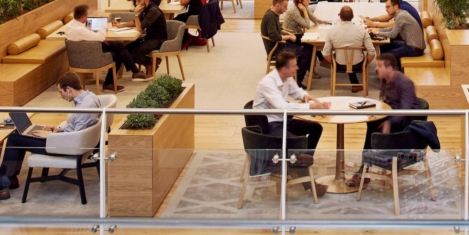
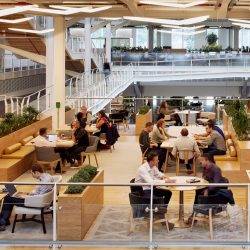
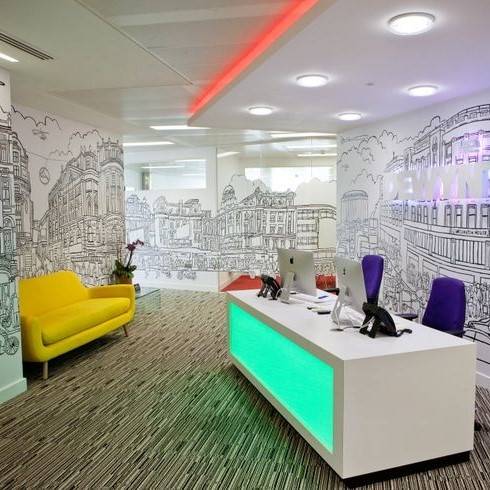
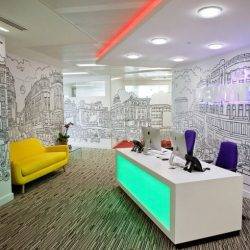


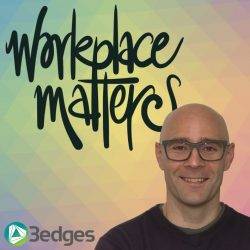
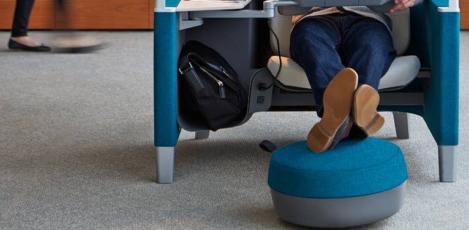
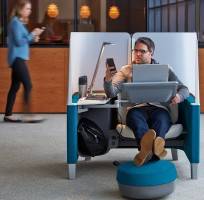
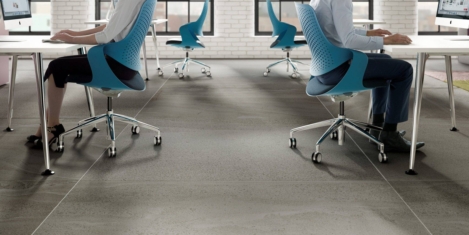









May 26, 2017
Workplace Matters Podcast on productivity, professionalism and activity based working with Chris Moriarty 0
by Ian Ellison • Comment, Facilities management, Podcasts, Premium Content, Technology, Workplace design
(more…)